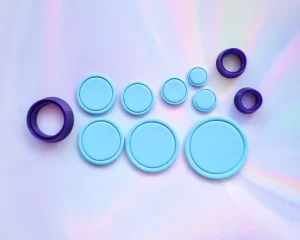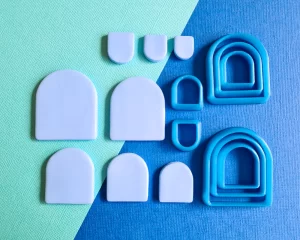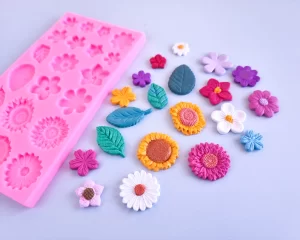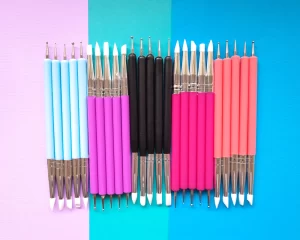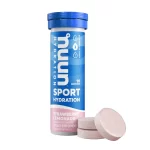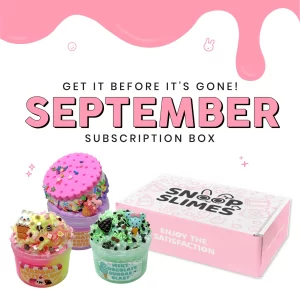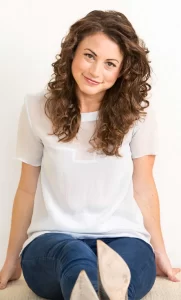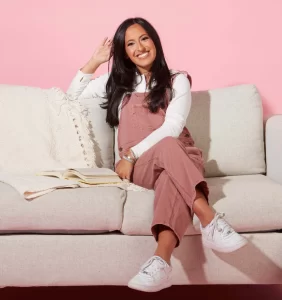Sarah and Cody, two young women from Australia, started their company “Blackbird & Violet” in 2019 (full names and exact ages not available). Fueled by a passion for sculpting things out of polymer clay, Sarah and Cody wanted to start a business that would provide the necessary tools and materials for this hobby. According to their website, they love “creating colourful & cheerful things” out of polymer clay and want to “help others create those things too.” At first, the focus of the company was on clay shape cutters. One big issue that Sarah and Cody recognized was that clay shape cutters were primarily sold in large sets of sizes. They thought it would be much more convenient if the cutters were sold individually.
So, Sarah and Cody set out to start a business called “Blackbird & Voilet,” where they could sell clay cutters individually in a variety of shapes and colors. All of their cutters are designed and made in-house. Since then, Sarah and Cody have been expanding their company further and further. A year after its founding in 2019, B&V expanded to sell all sorts of supplies related to polymer clay sculpting. Today, Blackbird & Violet sells shape cutters, silicone molds, texture tools, extruders, cutting tools, texture tools, clay packs, earring backs, earring displays, and more–all aimed toward the polymer clay hobby. The company even offers holiday themed products and takes custom orders for shape cutters.
Because Blackbird & Violet is an online business, Sarah and Cody have spent a lot of time optimizing the website. It is colorful, robust, and easy to navigate–even for new users. The product pictures are fun, colorful, and pleasing, which encourages customers to explore the website even further. The B&V website utilizes design in its entrepreneurial efforts to appeal to its audience (people passionate about polymer clay as a hobby) and increase traffic.
Sarah and Cody’s business not only displays how design can be used in entrepreneurship, but also how an idea for a company can be found within our own passions. They noticed something missing in the polymer clay market and figured out how to meet the need effectively.
